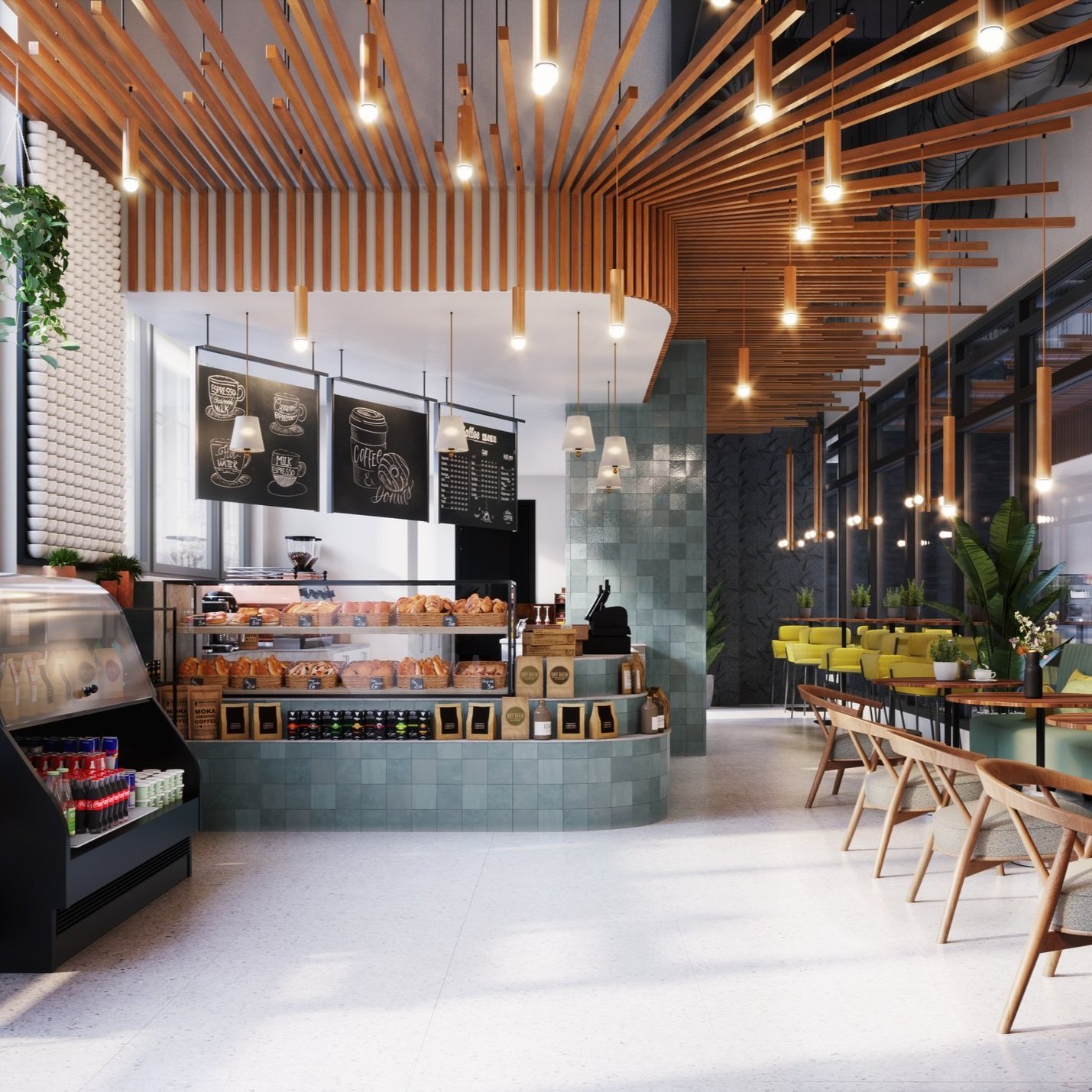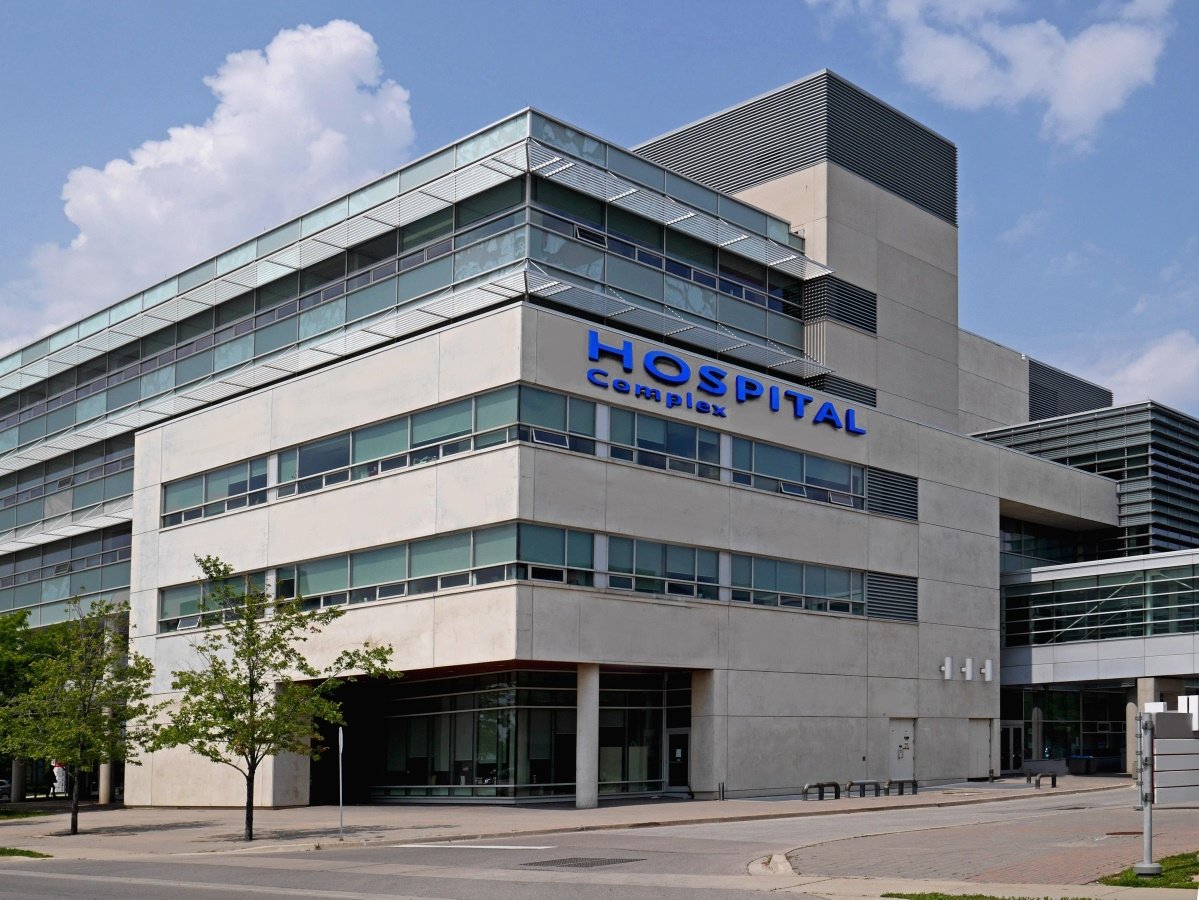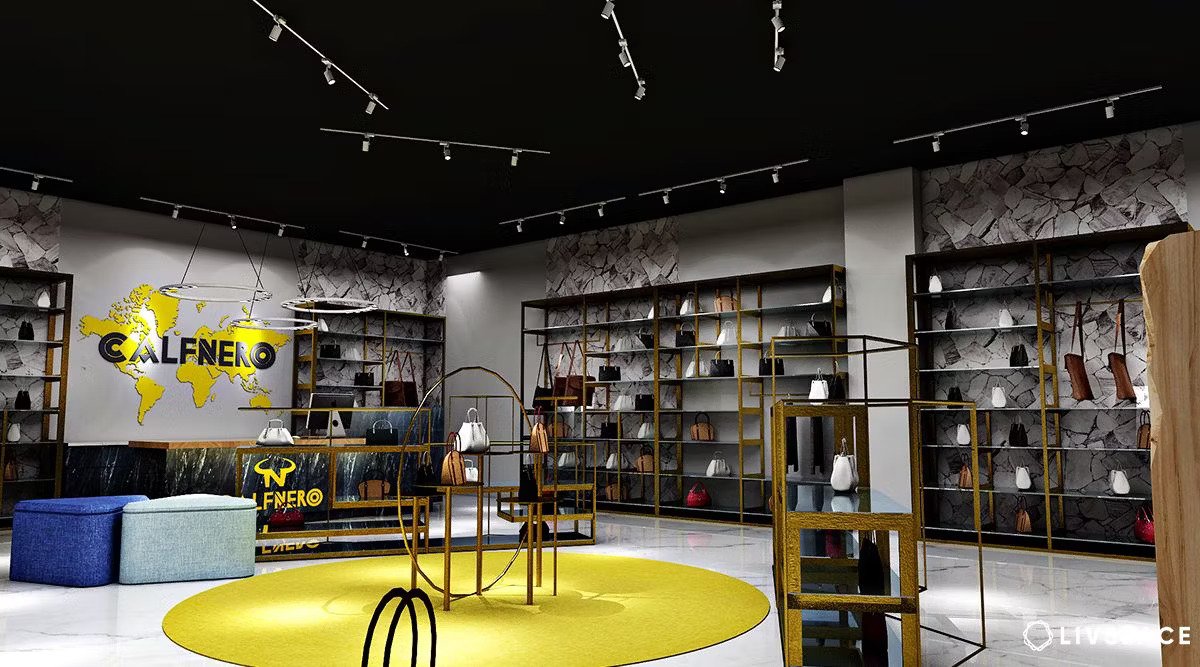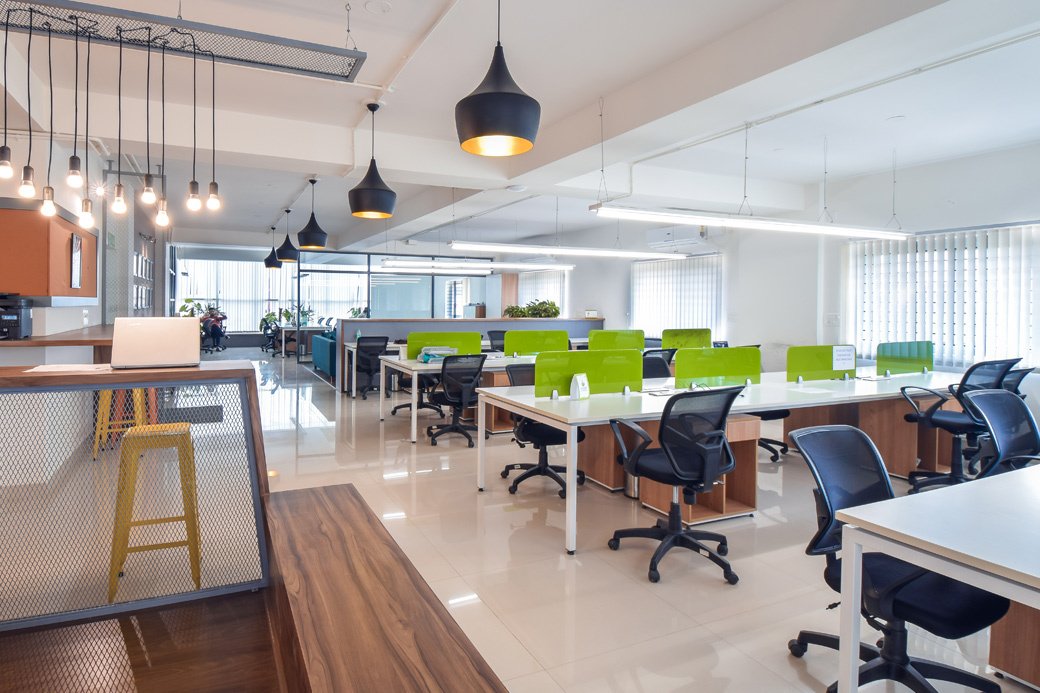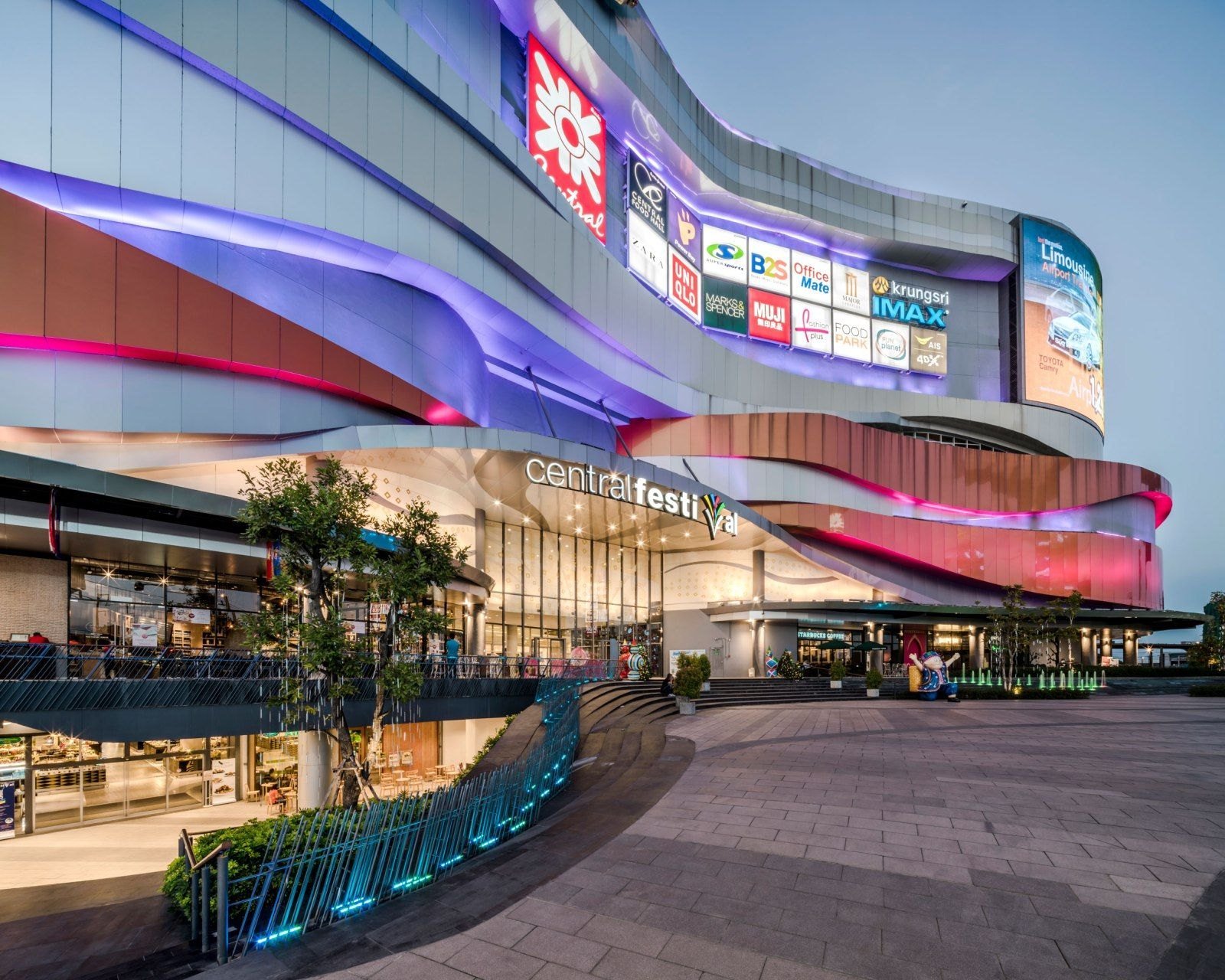Mall construction is a quite complex process. This is not only to create a good environment for shopping but it should also be a means of socializing and entertainment. It is important to understand what will be the consumer preferences, what market trends are going on and how urban development is taking place and then after that the mall construction will successful.
Let me give you some guide at which stage the mall construction will happen, from initial planning to final touch. And also the role including in technology and sustainability.
1. Planning and Site Selection
The first step in mall construction is to carefully plan and select the right location. Which will help, people have to reach there easily.
- Market Analysis and Feasibility Study :- A market analysis will have to be done which will explain to us what the locals prefer and what kind of quotations are available. This study will help us in determining whether the mall will be more profitable, what storage areas will be there, what services should be provided to the people, so that customer visit again and again. This expected study will help in our market analysis which will explain to us. By Which we can predict what will be the earning whether it will be profitable or not.
- Site Selection :- Choosing the right location is very important. We have to keep in mind some things about this location like it should be accessible, visible, close to residential area, commercial hubs and transportation easy. Having a good location will help in achieving good success in less time. So our aim is also to provide an updated environment which will track people towards mall and your business can become professional.
2. Design and Architectural Considerations
The design of Mall Construction face is where the mall start taking shapes. It include details planning by which we will able to create your dream mall as per the customer expectation.
- Layout and Space Planning :- Good layout will ensure smooth traffic flows and accessibility for people. People will like this design, it will be easy for visitors to move from one section to another.
- Accessibility and Inclusivity :- The mall should be accessible to all people, such that even people with disabilities can use it in a proper manner. This will include ramps, elevator, restroom. Which will help in the comfort of the people and by providing them a good environment. And a lot of things will be install like portrait, sculptures which will attract people towards themselves and will also attract people towards their culture.
- Sustainability :- Sustainability is a very important part of mall construction. It involves eco-friendly materials, energy efficient systems and sustainable waste management practices. In this, interiors will be designed which will attract people towards themselves and efforts will also be made to connect people with the environment.


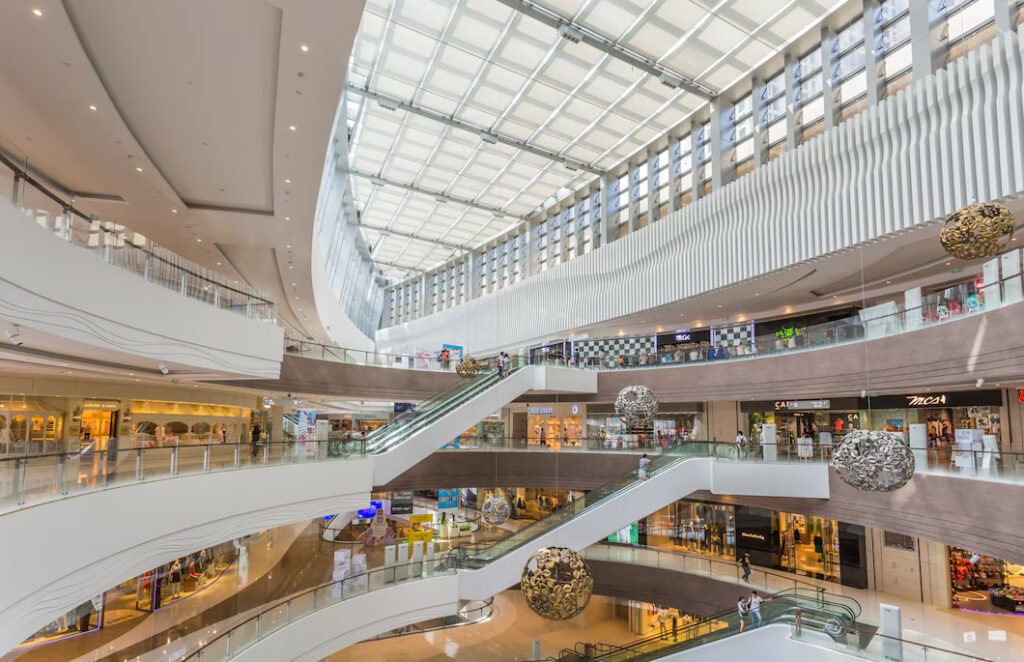
3. Technology in Mall Construction
As we all know day by day technology is becoming high tech and eco friendly. We will use IOT based technology and will try to provide multifunctional things to the people. It will also come with many safety perspectives like :- fire sensor, moisture sensor, smoke sensor etc.
- Building Information Modeling (BIM) :- It is a digital tool that help to creates detailed 3D models of the building. It helps architects, engineers, and contractors work together more effectively and identify potential issues early in the design phase. BIM can also optimize construction schedules and reduce costs.
- Smart Building Systems :- Buildings become smart through the fitting of sensors onto their core systems. Smart building solutions manage a range of building functions, including power, lighting, video surveillance and security systems, water meters, heating and cooling. Smart building technology is also crucial in enhancing building safety, for example through intelligent fire detection and management systems. Such systems depend on smart building components, like intelligent devices that can be affixed to fire pump casings that monitor their temperature and immediately alert facility managers if the casings become too hot – a clear indication of a fire developing.
4. Sustainability in Mall Construction
Sustainable construction involves using renewable and recyclable materials on building projects to reduce energy consumption and toxic waste. The primary goal of this initiative is to decrease the industry’s impact on the environment by utilizing sustainable construction procedures, practicing energy efficiency, and harnessing green technology.
While several companies from different business sectors are doing ways to be more environmentally responsible, many focus their attention on the construction industry since it is considered the largest user of global resources.
This sector alone is responsible for approximately 50% of the worldwide consumption of raw materials and is a significant waste producer. It makes construction unique because by changing outdated practices, the industry can significantly reduce the effects of global warming.
- Energy Efficiency :- Energy efficiency is crucial for sustainable design. This includes using energy-efficient lighting, HVAC systems, and appliances. Solar panels and other renewable energy sources can reduce the mall’s carbon footprint and operating costs.
- Water Conservation :- Water conservation strategies, such as low-flow fixtures, water-efficient landscaping, and rainwater harvesting, can significantly reduce water usage. Greywater recycling systems can also be used for non-potable water needs.
- Sustainable Materials :- Using sustainable materials, such as recycled, renewable, or locally sourced materials, can reduce the environmental impact of construction. These materials can also attract eco-conscious consumers.
- Waste Management :- Effective waste management is essential during construction and operation. This includes recycling construction waste, setting up composting programs, and reducing single-use plastics. A well-managed waste system can minimize the environmental impact and enhance the mall’s sustainability credentials.



Conclusion
Mall Construction is a dynamic and complex process that involve careful planning and innovative design. “As consumer expectations and market analyses we comes to a point that what are the developments we have to implement in your project“. We will install IOT based technology that will perform multiple operation at one time.
The future of mall construction lies in creating vibrant, mixed-use spaces that offer diverse experiences and serve as centers of community activity. By focusing on design, technology, and sustainability, developers can build malls that are successful and contribute positively to the community and the environment.
